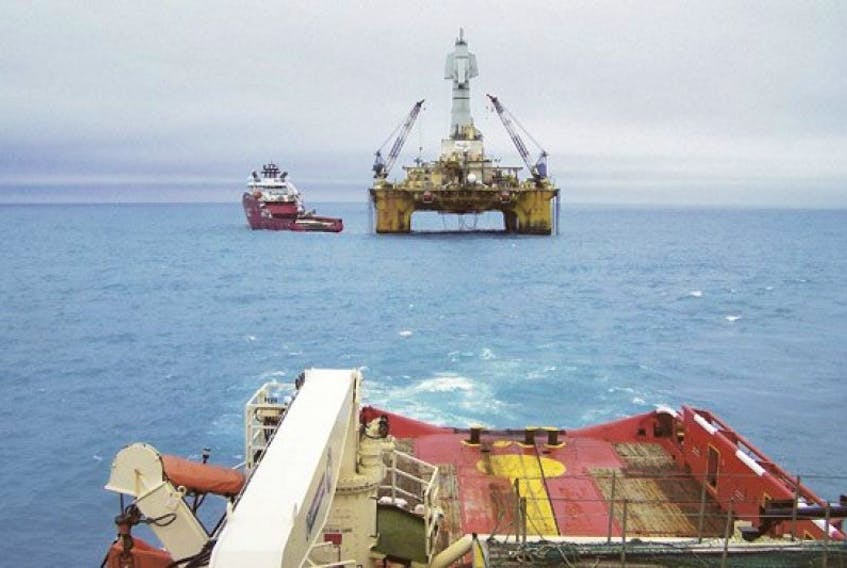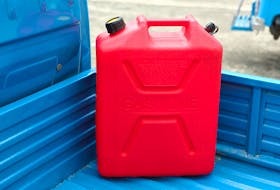The recent oil spill offshore Newfoundland and Labrador has raised some important questions in the public domain about industry’s spill response capabilities and its access to capping and containment equipment.
Newfoundland’s offshore oil and natural gas industry has robust, innovative, and some of the most stringent safety measures in the world already in place to respond to any offshore emergency that may occur.
Among the primary focuses of industry is the prevention of incidents. But as the events of the last few weeks have shown us, although very rare, it is impossible to completely eliminate the risk of an oil spill. Mitigation is key. Preparation and careful planning in the event of an emergency must be thorough and exhaustive. Planning, modelling, and training in emergency response is a full-time job for companies operating in the offshore, and something industry takes seriously.
In the event of an oil spill, operators have access to spill response equipment available on offshore production facilities and support vessels. Additional equipment is stored and maintained onshore by local spill response providers, and industry also has agreements in place with various global response organizations that can be called upon as needed. Having access to a variety of tools allows responders to tailor the response appropriately, depending on the unique circumstances of the incident.
Among the many tools available are capping stacks, used in the event of an emergency. A capping stack is a piece of equipment installed at the wellhead to control the flow of oil and gas into the environment. This equipment is used as a last resort and is only deployed in the unlikely event the blowout preventer (BOP) has failed and a blowout has occurred.
Before deploying a capping stack operators would try to shut-in the well using other methods, including direct intervention using a BOP, to seal off the top of a well.
Among the primary focuses of industry is the prevention of incidents. But as the events of the last few weeks have shown us, although very rare, it is impossible to completely eliminate the risk of an oil spill. Mitigation is key. Preparation and careful planning in the event of an emergency must be thorough and exhaustive. Planning, modelling, and training in emergency response is a full-time job for companies operating in the offshore, and something industry takes seriously.
Capping stacks are large and complex pieces of equipment. Before deployment a number of steps would be taken to prepare the site. Inspections would occur using remotely operated vehicles, debris would be removed, and the wellhead would be prepared. The capping stack may also have to be modified depending on the specific circumstances surrounding an incident. Completing these steps and ensuring the site is safe for responders takes time.
Offshore operators and explorers can access capping stacks via global response providers, which can mobilize the equipment and have it loaded onto an appropriate
vessel quickly and efficiently for transit to the spill site.
Newfoundland’s offshore operators currently have agreements in place with global responders to access capping and containment equipment that is fit for purpose for offshore Atlantic Canada, if required.
Operators will use the best available technology for the specific conditions surrounding the incident, and will consider factors such as timing and effectiveness of equipment as these decisions are made.
Spill prevention and response capabilities have evolved considerably in the last decade, with new and better tools to regain well control, contain a release, and mitigate spills.
Offshore operators and spill responders continue to invest in research and technology with a focus on continuous improvement in spill response capability.
Our unequivocal focus is on the safety of our people and protection of the environment. Although we continue working to improve response capabilities, prevention will always be our best line of defense and is therefore the highest priority at all levels of our members’ organizations.
Paul Barnes is the director for Atlantic Canada and the Arctic with the Canadian Association of Petroleum Producers. He writes from St. John’s.
Related story:
‘We followed our procedures,’ Husky says of oil spill in Newfoundland offshore









